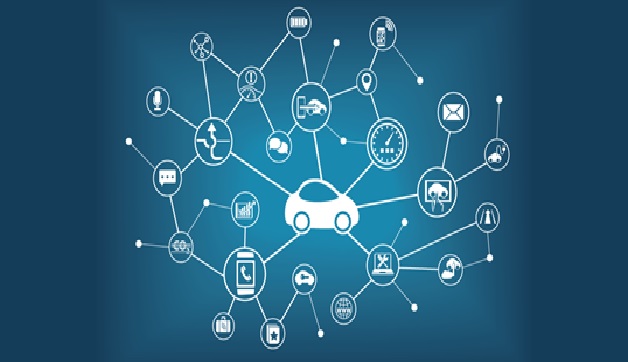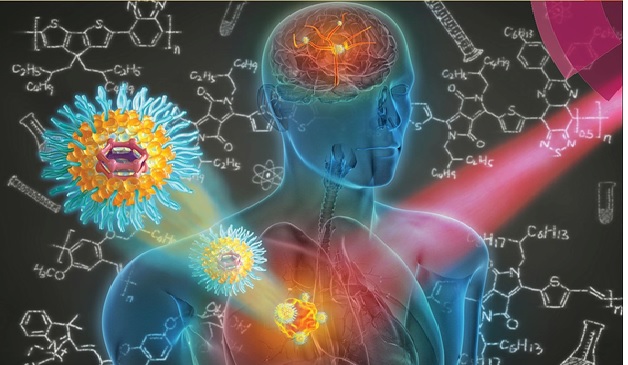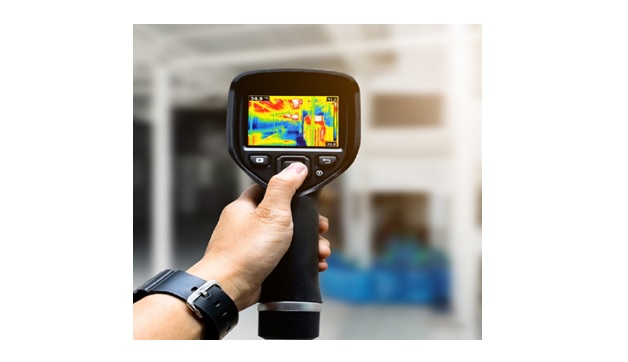Overview of Swarm Robotics
Swarms typically consist of many individual, simple, and homogeneous or heterogeneous agents (Dorigo and Birattari, 2007). They traditionally cooperate without any central control, and act according to simple and local behavior. Only through their interactions a collective behavior emerges that is able to solve complex tasks. These characteristics lead to the main advantages of swarms: adaptability, robustness, and scalability. Swarms can be considered as a kind of quasi-organism that can adapt to changes in the environment by following specific behaviors (Hamann and Schmickl, 2012), e.g.:
- Pursuing a specific goal.
- Aggregating or dispersing in the environment.
- Communicating (direct, indirect).
- Memorizing (local states, morphologies). [1]

Figure 1. Overview of swarm robotics
Figure 1 shows Swarm robotics will benefit from the machine-to-machine era. Machine to machine is direct communication between devices using any communications channel, including wired and wireless. In the near future, most companies will complement their offer with swarm robotics solutions or be in direct competition with them (security, logistics, etc.).
It is also safe to assume that most companies operating swarm of robots will sell collected data to other companies participating in the M2M economy as an additional revenue stream (Sensing as a Service). [3]
Applications of swarm robotics
Swarm robotics will hopefully allow us to solve some of the most complex problems plaguing us today. Their ability to scale and adapt to any environment means they can apply human ingenuity to nearly any situation.
For example, it has been extensively researched as a prospective way to bolster failing ecosystems in the face of climate change and other natural catastrophes. Swarm robotics could potentially be scaled to create artificial bees and insects that could pollinate crops and other key plants to ensure their survival and prevent a disastrous famine.
It has also been theorized that the principles of swarm robotics could be used to almost entirely replace conventional armies. We’ve already seen robotics being heavily used in various air-forces around the world in the form of autonomous drones, and the US navy has experimented with robotic navies that are capable of reacting to threats in real time.
Luckily, there are other, far more peaceable, purposes that this technology can be turned towards. Swarm robots could also serve for the basis of a resilient exploration expedition or be used to coordinate a system of ground or aerial vehicles, perhaps opening an avenue for self-driving cars in our lifetime. [2]
References:
- https://www.frontiersin.org/articles/10.3389/frobt.2020.00036/full
- https://learn.g2.com/swarm-robotics
- https://towardsdatascience.com/swarm-robotics-projects-new-business-models-technical-challenges-d6fa845e56af
Cite this article:
Thanusri swetha J (2021) Overview of Swarm Robotics, AnaTechMaz, pp. 58















